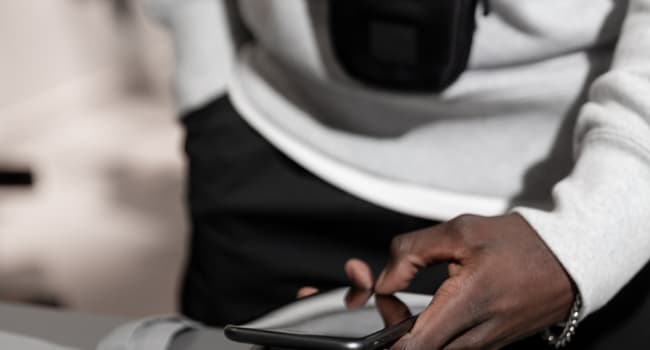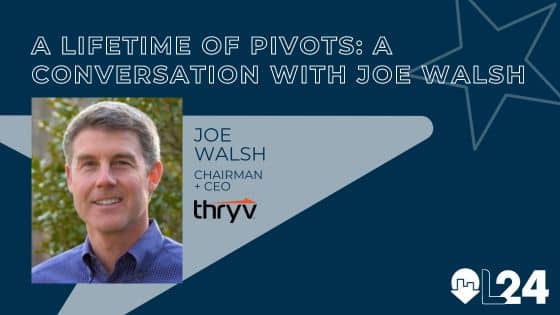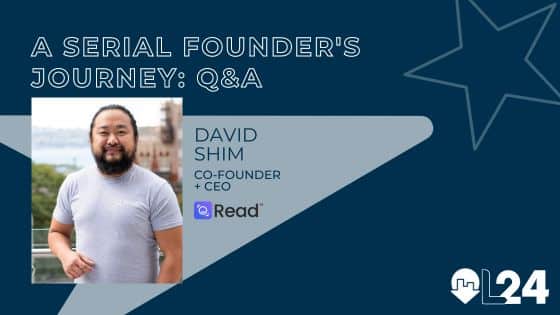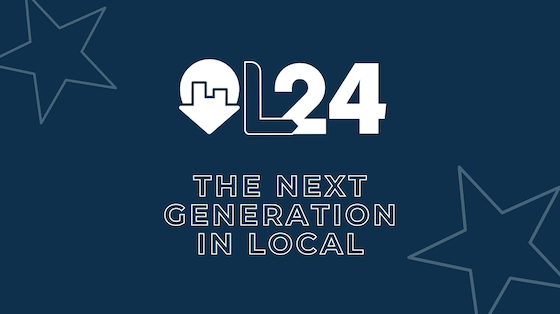Over the summer, we wrote two articles about Apple’s threatened forray into the increasingly turgid buy now, pay later space. In those articles, we implied that Apple’s foray into BNPL, cleverly coined Apple Pay Later, was a potentially seismic disruptor.
Our sense at the time was that Apple’s prominent position in the consumer payments ecosystem via Apple Pay made it an instantly formidable competitor to BNPL giants like Klarna, Affirm, Afterpay, and others. Notably, in the intervening months, these incumbent players have all had their time in the barrel. Klarna has seen its valuation decimated. Publicly listed Affirm has tanked. And BNPL pioneer Aterpay has been melting into obscurity via its $29 billion acquisition by Square.
BNPL has come so controversial (particularly for allegedly fueling a debt spiral among younger consumers) that a potentially formidable rival payments model has emerged. Save now, buy later puts a financially responsible gloss on the space by delaying the endorphin hit of taking possession of goods until they are paid for in full. We wrote about SNBL in August. The SNBL space is being led for now by Accrue Savings, a fintech founded by former WeWork exec Michael Herschfield.
Here is a bit of what we had to say about this development over the summer. Apple was said to be partnering with Goldman Sachs on its BNPL venture.
Apple Pay Later operates like most BNPLs, giving consumers the option to split up a purchase into four payments over six weeks, with zero interest or fees. We presume this assumes all payments are made on schedule.
A quick reminder of Apple Pay’s scale will make it clear what a game-changer this is. Apple Pay has 507 million global active users. It added 66 million users in 2020 alone. And it has a 44% share of the U.S. mobile payments market.
BNPL overall has been going through some things itself lately, including increasingly intense regulatory scrutiny, despite continuing to grow as a popular payments solution that allows instant gratification as consumers (often young) take immediate possession of goods they then pay for in installments (or face stiff late fees).
Since we first wrote about Apple’s foray into BNPL, we’ve been mostly hearing crickets from Cupertino on Apple’s widely analyzed challenge to the BNPL market.
So what gives, Apple? As usual, they are not saying much. Apple also previewed plans
According to a report this week in S&P Global Market Intelligence, the combination of Apple Pay Later and an also promised but still not delivered high-yield savings product, threatened to catapult Apple to the forefront of global fintech, the value of which by some estimates will approach $1 trillion by 2030. A recent report in The Motley Fool also touted Apple’s looming dominance of global fintech.
So why does Apple seem to be slow-walking the launch of these products? At this point, it is very unclear.
According to S&P, it’s a mistake to over-interpret the delays as a sign that Apple is missing out on its fintech opportunity. Assuming Apple Pay Later delivers, we would tend to agree, given the power of Apple’s brand in the payments ecosystem.
“The conspicuous absence of updates regarding two expected financial technology offerings with Apple’s iOS 16 launch this fall implies more details need to be worked out. But analysts expect Apple will continue to broaden its fintech footprint, and they note a number of advantages that should help the company take some market share in the space. Those advantages include consumer affinity, trust in Apple’s brand, and an active device install base that the company projects could grow to 2 billion globally by the end of 2022.”





